Art has been an integral part of human expression since time immemorial, and throughout history, various civilizations have left behind remarkable masterpieces that transcend the ages. Join us on a journey through time as we explore 10 of the oldest pieces of art ever created, offering a glimpse into the creative minds of our ancestors.
1. Bhimbetka Petroglyphs (c. 290,000 – 700,000 years ago)
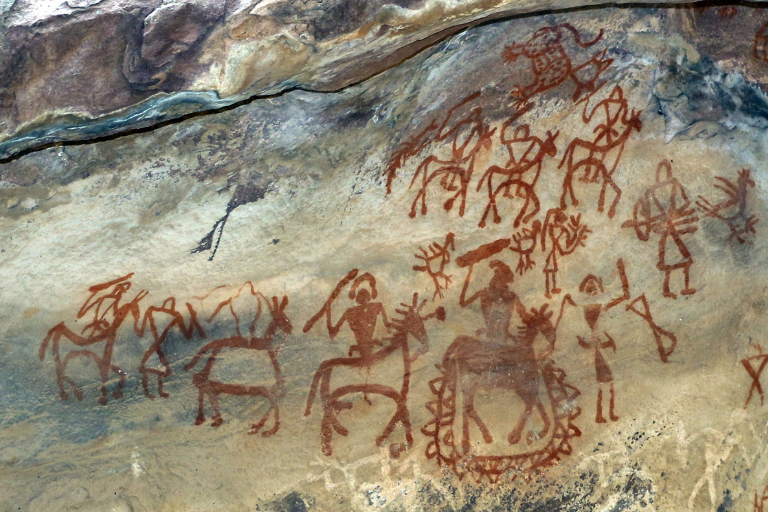
Located in central India, the Bhimbetka rock shelters boast some of the oldest rock art in the world. These petroglyphs, dating back hundreds of thousands of years, depict scenes of daily life, showcasing the artistic spirit of early Homo sapiens.
2. Lion Man of the Hohlenstein Stadel (c. 35,000 – 40,000 years ago)
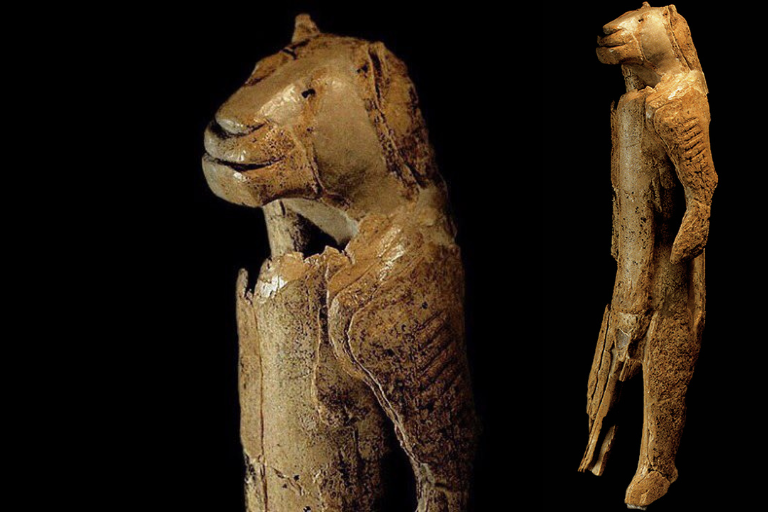
Unearthed in Germany, the Lion Man, crafted from mammoth ivory, is one of the oldest-known sculptures. This anthropomorphic figure with a lion’s head hints at the symbolic and spiritual dimensions of Paleolithic art.
3. Apollo 11 Cave Stones (c. 25,500 years ago)
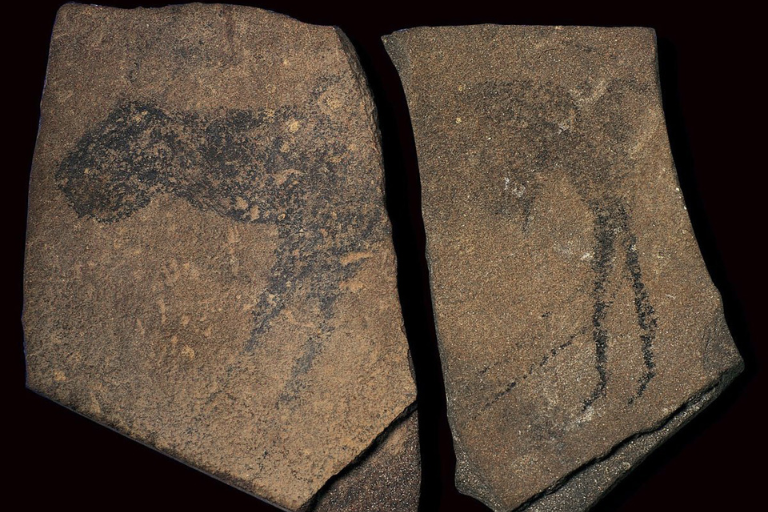
Discovered in Namibia, these stones adorned with intricate geometric engravings provide insight into the creative prowess of our ancient ancestors. The Apollo 11 Cave Stones are among the earliest examples of symbolic art.
4. La Ferrassie Cave Engravings (c. 70,000 years ago)
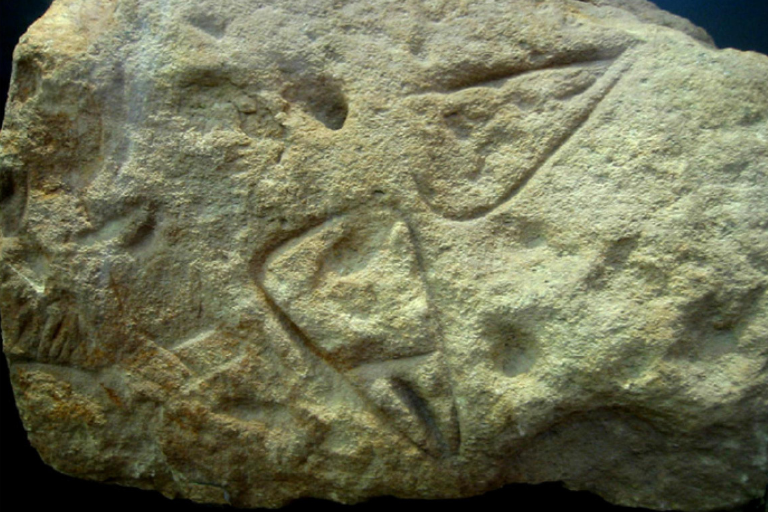
Nestled in the Dordogne region of France, La Ferrassie Cave contains engravings believed to be the work of Neanderthals. These carvings, illustrating animals and abstract shapes, challenge preconceptions about Neanderthal cognitive abilities.
5. Chauvet-Pont-d’Arc Cave Paintings (c. 30,000 years ago)
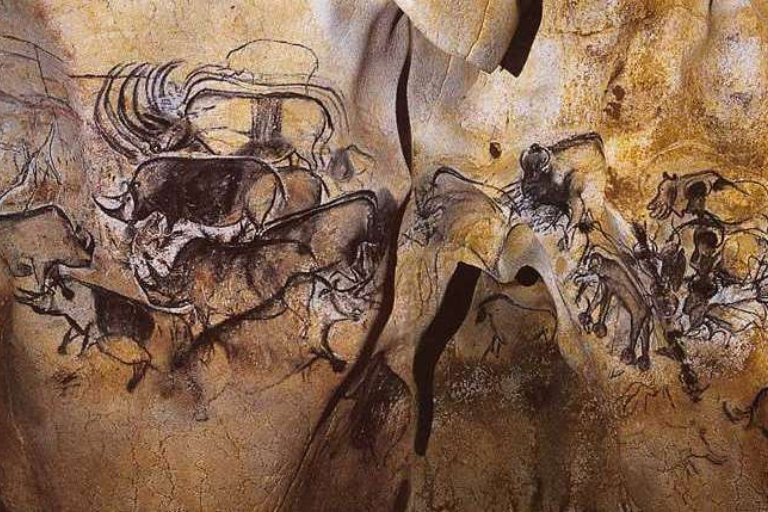
The Chauvet Cave in France harbors some of the oldest and most well-preserved cave paintings ever discovered. The detailed depictions of animals and handprints offer a window into the prehistoric artist’s world.
6. Cycladic Figures (c. 3300 – 2000 BCE)
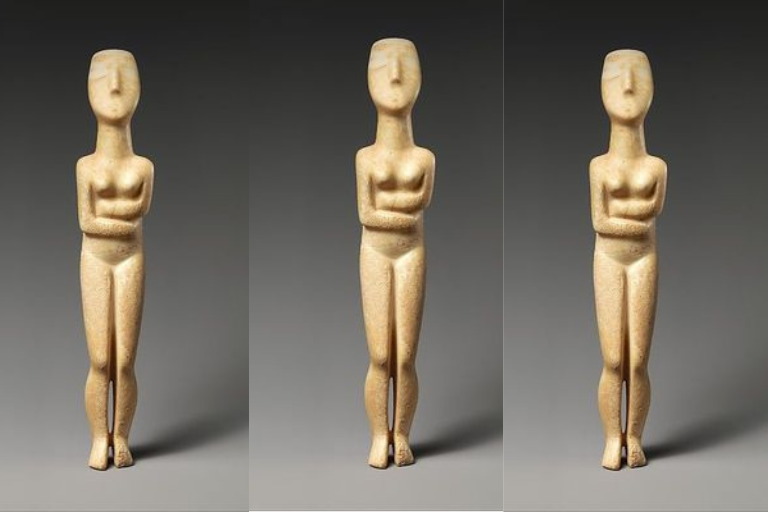
These mysterious marble figurines from the Cycladic Islands in the Aegean Sea showcase minimalist yet evocative representations of the human form. Their significance in ancient Aegean culture remains a subject of scholarly debate.
7. The Ain Ghazal Statues (c. 7200 – 6500 BCE)
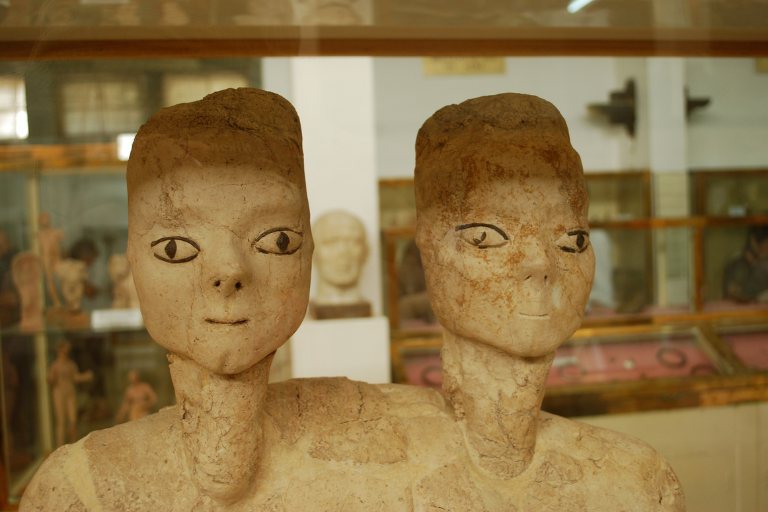
Unearthed in Jordan, the Ain Ghazal statues represent one of the earliest large-scale uses of sculpture in the ancient Near East. Crafted from plaster and reed, these enigmatic figures offer a glimpse into Neolithic artistic practices.
8. Ancient Egyptian Palette of Narmer (c. 3100 – 3000 BCE)
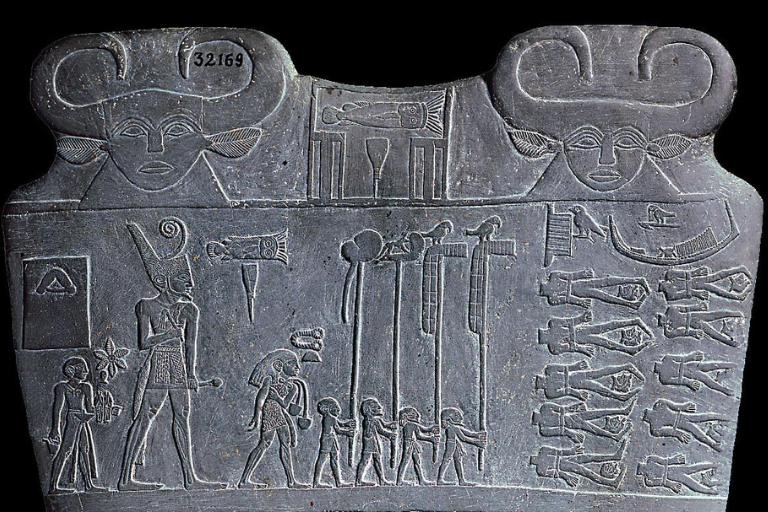
The Palette of Narmer, a slate palette from ancient Egypt, is adorned with intricate carvings that commemorate the unification of Upper and Lower Egypt. This iconic piece provides a visual narrative of early Egyptian political and religious symbolism.
9. Stonehenge (c. 3000 – 1500 BCE)
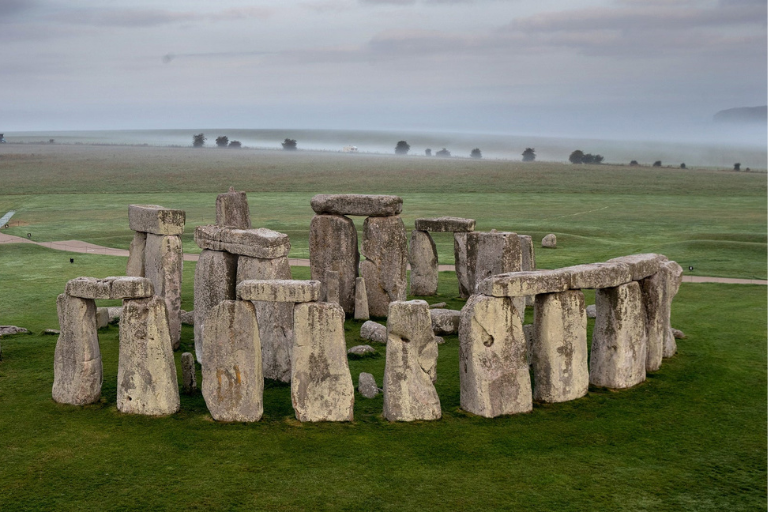
While primarily recognized as a monumental structure, Stonehenge also bears engraved axe-heads and daggers, suggesting that this Neolithic marvel had symbolic and artistic significance beyond its astronomical functions.
10. Sumerian Warka Vase (c. 3200 – 3000 BCE)
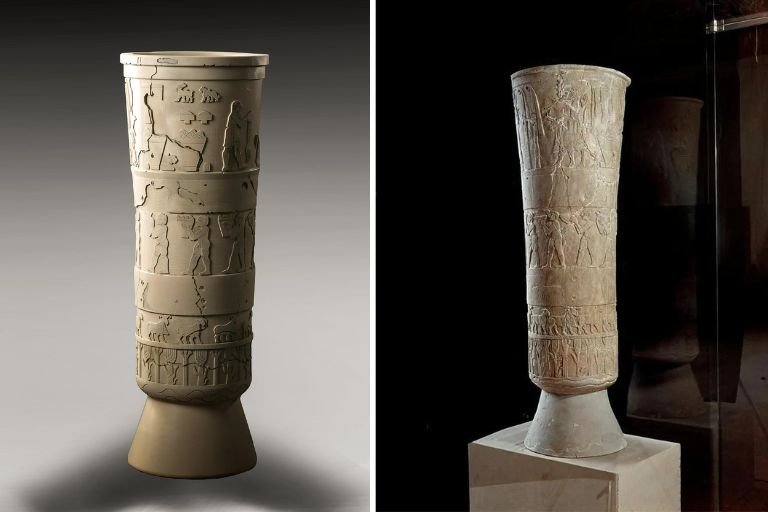
The Warka Vase, originating from ancient Sumer (modern-day Iraq), is a carved alabaster vessel adorned with intricate relief scenes. These depict offerings and religious ceremonies, providing a glimpse into the religious and artistic practices of early Mesopotamian civilization.



GIPHY App Key not set. Please check settings